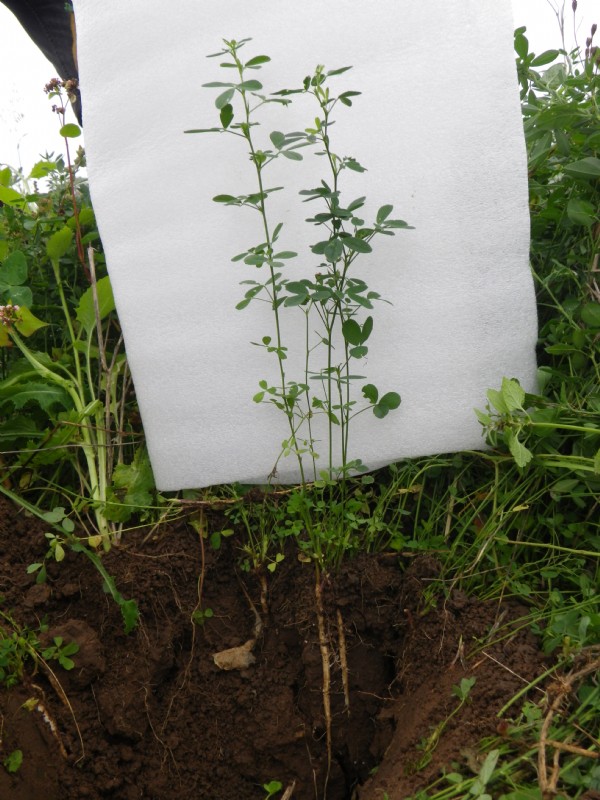

The dry conditions suffered by many in recent years demonstrate the need for grass mixtures which continue to yield even during prolonged spells of drought. Ryegrass does not thrive in dry conditions. However there are other grasses, such as meadow fescue, Timothy and cocksfoot, which can be relied upon.By combining deep-rooting grasses and clovers with differing growth habits, it is possible to provide summer grass from dry soils.
Pioneers of grassland farming, Robert H Elliot and William Lamin, developed complex ley mixtures comprising deep-rooting species. Then, as now, some farmers were reluctant to use too much cocksfoot, as it was inclined to grow coarse and clumpy. However, this is only a problem when seed is sown too thinly, allowing the cocksfoot too much freedom, or when it is allowed to become too mature when making hay.
Elliot observed first hand at Clifton Park that his deep-rooting four year ley provided good quality forage and improved soil so much that he was able to grow subsequent cash crops for four years with little fertiliser input. Lamin, who used a simplified version of Elliot’s mix, observed “....it’s like throwing money away to put ryegrass on dry land.”
Date Posted: 17th January 2018



